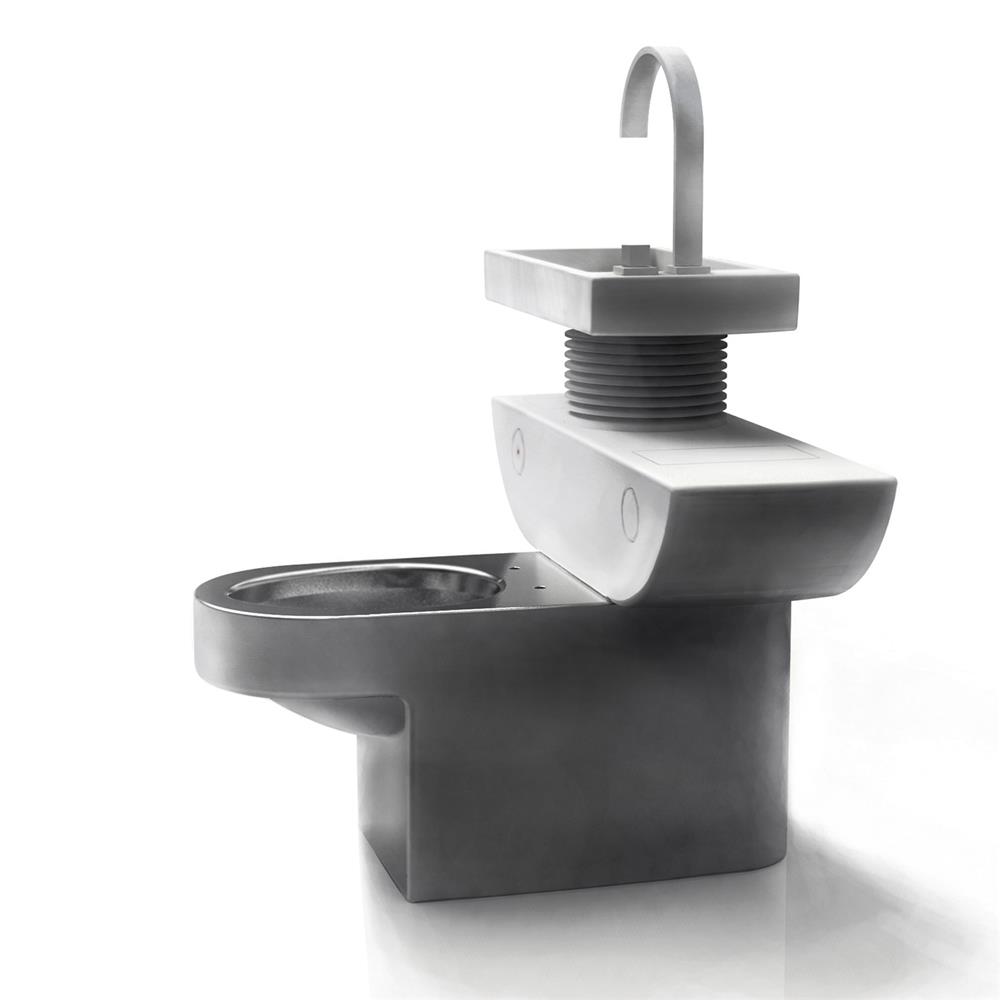Some water applications in buildings, such as toilet flushing and irrigation, do not require the use of potable water. These applications can be responsible for a large share of total water use.
Landscaped grounds were found to be the most important determinant of water use efficiency across Hilton hotels. Across Scandic hotels each m2 of landscaped ground was statistically associated with an additional 88 L per year of water consumption (Bohdanowicz and Martinac, 2007). Thus, the use of water recycled from on-site rainwater or grey water collection systems can considerably reduce demand for potable water from the mains supply.
Rainwater collection systems divert rainfall water into storage tanks. Run-off systems can be installed on roofs and other impervious surfaces. The harvested water can be used for non-potable demand such as toilet flushing, washing machines, irrigation, cooling towers or general cleaning purposes. Thirty-five percent of new buildings built in Germany in 2005 were equipped with rainwater harvesting systems (EC, 2012), and about 100 Accor hotels have been installed with rainwater recovery tanks to supply irrigation or car washing applications.
Grey water is the term used to describe wastewater from activities such as bathing, showering, laundry, dishwashers, and excludes 'black water' from toilet flushing. Grey water may be collected and reused for non-potable water applications such as toilet flushing and irrigation by the installation of separate wastewater drainage systems for toilets and grey water sources.
Although usually too expensive and impractical to retrofit, water recycling systems can be installed at relatively low cost during construction, and at reasonable cost during major renovations. The decision to install rainwater collection systems and grey water recycling should be based on a cost-benefit assessment that considers economic and environmental criteria, including the source and scarcity of water supply now and in the future. Water recycling is highly visible to guests, and may thus be a useful way to convey corporate environmental responsibility.
Rainwater collection for irrigation is regarded as a basic good practice measure. Best practice is considered to be:
Environmental benefits
EC (2009) estimate that water recycling can reduce water consumption by an additional 10 %, after a 40 % reduction in water consumption achievable from implementation of water efficiency measures.
A rainwater recycling system installed in the 250-room ETAP city-centre hotel in Birmingham, UK, saves up to 780 m3 of potable water per year (5 % to 10 % of consumption). This saving equates to about 6 % of best practice water consumption for this size of hotel (after implementation of all other water efficiency measures).
There are some cross-media effects associated with rainwater collection and grey water recycling. The overall environmental benefit will be highest where local (perhaps seasonal) water shortages exist, and where water is imported from other areas or desalinated. In such areas, modest reductions in water consumption may lead to significant reductions in water stress (with associated benefits, including for biodiversity), and/or energy requirements for desalination.
And finally, there plenty of simple technological devices which can be installed in order to collect sink water in the bathroom and reuse it in the toilet.
Grey water being used to partially refill the toilet canister.

Eco toilets industrial design, Jang WooSeok